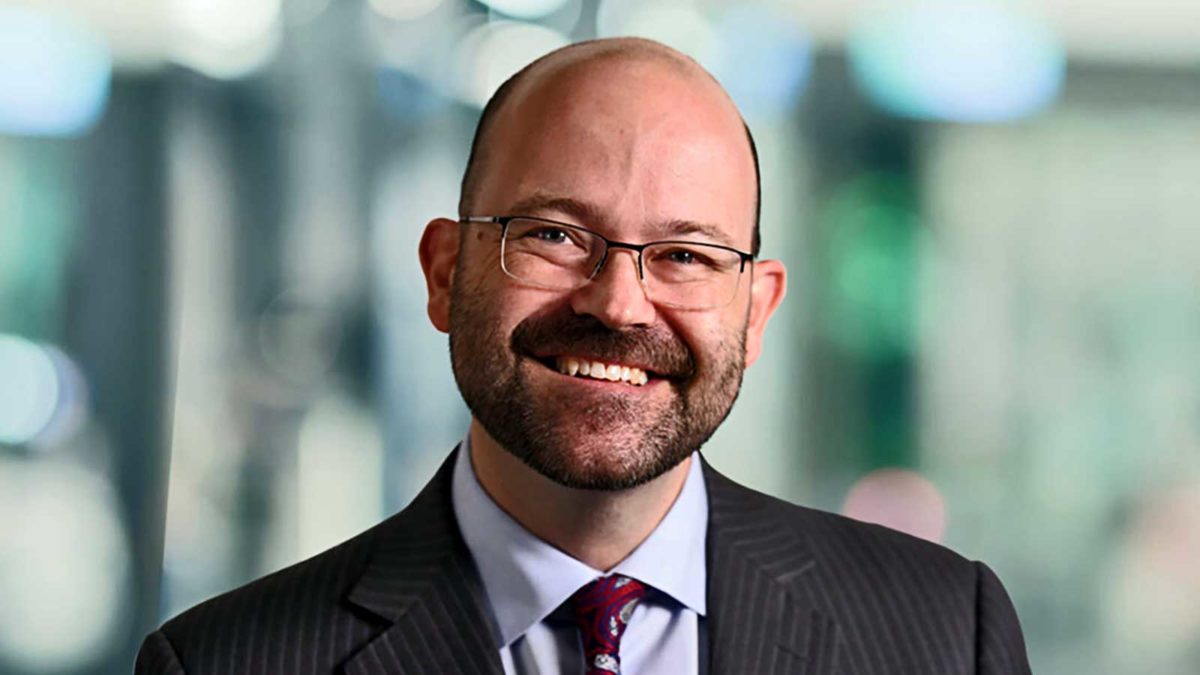Mega funds start mopping up
The trend towards super consolidation is continuing apace, but there will be fewer mega mergers. It’s now just a matter of mopping up.
Mega fund mergers are likely to slow as boards realise the “significant transition planning and integration activity” required to pull them off – but the established mega funds will continue to gobble up their smaller brethren as APRA’s “merge or die” mantra reverberates through the industry.
“”Bus stop” transactions are deemed far less likely to deliver sustainable medium- and long-term benefits and mega funds will look to execute simpler transactions, consolidating smaller parties into their existing structures with minimal concession, when compared with consolidation with another large fund, yet still seeking to deliver on the promises of increased scale for members,”, said David Bardsley, superannuation advisory partner at KPMG.
KPMG’s latest Superannuation Transformation and Consolidation report found that in 2020, the average size of the transferring fund was $38 billion, a figure that shrunk to $4 billion in 2021. The average size of the receiving fund this year was $76 billion – up from $44 billion in 2020. Industry funds have been at the forefront of merger activity, while corporate funds have mostly played the role of transferring fund.
As any executive will attest, a merger creates “significant opportunity cost” for funds, especially if they don’t proceed. That’s particularly true at the lower end of the sector, where pressure to merge is highest. Especially so when the regulator is the catalyst for merger discussions, as has been the case with controversy wracked EISS Super, which this week was told by APRA to find a merger partner after a series of revelations about the conduct of its executives and a poor showing in the Your Future Your Super performance test.
“APRA is particularly focussed on proposed transactions where the resulting successor fund would have less than $30 billion funds under management,” Bardsley said. “This has created increased challenge for funds in justifying and executing transactions below this threshold and further drives the trend of consolidation into mega-funds.”
But you also don’t need a weatherman to know which way the wind blows, and everybody’s mostly aware of what’s going on with super fund mergers. The headlines look much the same as when KPMG put out its last report. Perhaps more useful is the wisdom of the executives surveyed, who have laid out what they believe is the best way to go about a merger.
Having a “defined strategic ambition” helps; the decision to pursue inorganic growth “should be made in line with a strong and well-defined business case, developed either proactively by the fund or in response to an approach made by another party” – though one imagines that conversation differs slightly when the ambition is mere survival.
“Endorsement of this strategy provides the foundation for a fund to enter the market and consider potential merger partners,” the report says. “It also ensures that the ultimate ambition for the fund is clearly defined, including target scale and membership outcomes, and how a transaction supports the roadmap to achieving these.”
The other side of the coin is finding a partner that’s a good fit, and as others have testified, that’s not always clear cut. David Carruthers, senior consultant and head of the members solutions group at Frontier, noted in October, two funds with vastly different member bases can pull off a highly successful merger.
“It wouldn’t have been two funds that you’d think would go together,” Carruthers said. “A fund from the motor industry based in Canberra, with a Tasmanian, probably largely white-collar background fund… it’s key to get the alignment between the organisations rather than the alignment between the industries,” Carruthers said.
But probably the biggest problem in any merger comes from juggling two business strategies at the same time as the merger inches towards completion.
“Fund executives we spoke to reflected that delivering a transaction in many instances requires a fund to maintain two distinct business strategies for a period; one focussed on running continued fund operations and the second focussed on executing the transaction,” the report says.
“Managing concurrent strategies can create significant pressure on staff and leadership. Executives reflected on this challenge and spoke openly about the high demand, low-cost environments, and competitive nature of the broader market in which they operated and against which a merger transaction’s success would be assessed.”
Some funds have created roles to address the issue, but transactional execution “is not yet widely considered a core skillset across the industry”.
“However, as some funds started to mature their transaction capabilities as far back as 2015/2016, executives are seeking to leverage prior experience as much as possible in pursuit of continuous improvement and there is evidence of rapid capability build occurring in a number of mega funds,” the report says.











